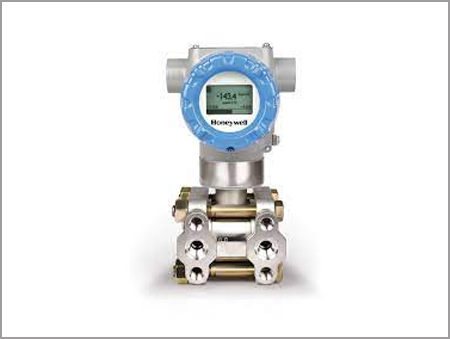Differential Pressure Transmitter
Differential Pressure Transmitter
Differential pressure measurement is an important requirement across industries. Differential pressure is the difference between any two measured pressures, and this measurement is performed using differential pressure transmitters. These transmitters always make a comparison between the low side and high side pressures. They convert these pressure measurements into a 1-5Vdc output or 4-20 mA signal. These signals serve as input to a recorder, a controller, or any similar device.
The Transmitter Shop (TTS) offers differential pressure (DP) transmitters from Emerson and other industry-leading brands. Rosemount differential pressure transmitters are used for sensing the level of fluid in condensers to acquire quantitative data of performance in the process, and so on. Over the years, we have helped clients improve their process efficiencies by delivering them new, surplus, and reconditioned differential pressure transmitters at discount prices.
Elements of Differential Pressure Transmitter
The pressure transmitter of this type uses two elements for differential pressure measurement. Most differential pressure transmitters, including Rosemount differential pressure transmitters in our selection, feature the following elements, which play a key role in their functioning.
Primary Element and Secondary Element:
Of these, the primary element is known to produce a difference in pressure, so is known as the high side. However, the secondary element is known as the low side, and it measures the pressure difference produced by the primary element. Venturi tubes, orifice plates, pitot tubes, flow nozzles, and laminar flow elements are a few types of primary elements found in differential pressure transmitter. Sensors are the secondary elements found in differential pressure transmitter. Strain gauges and vibrating wires are used as sensors in these pressure transmitters. These sensors transmit an electrical signal, which is sent to the housing.
Protective Electronic Housing:
This electronic housing protects the sensor, and it interprets the signal received from the secondary element into the voltage or current that can be easily read by the control system.

